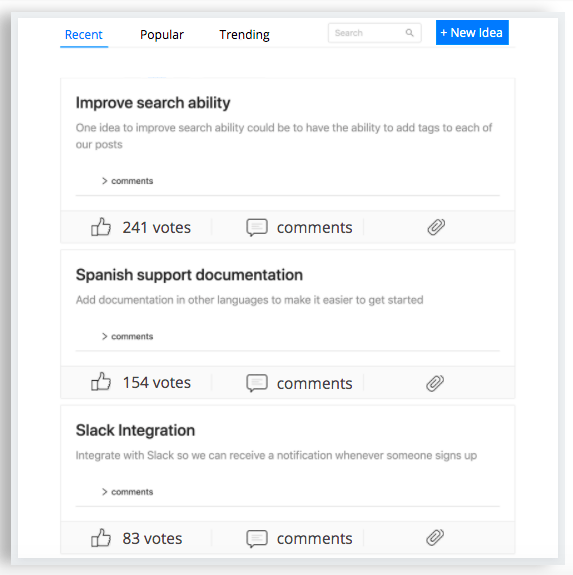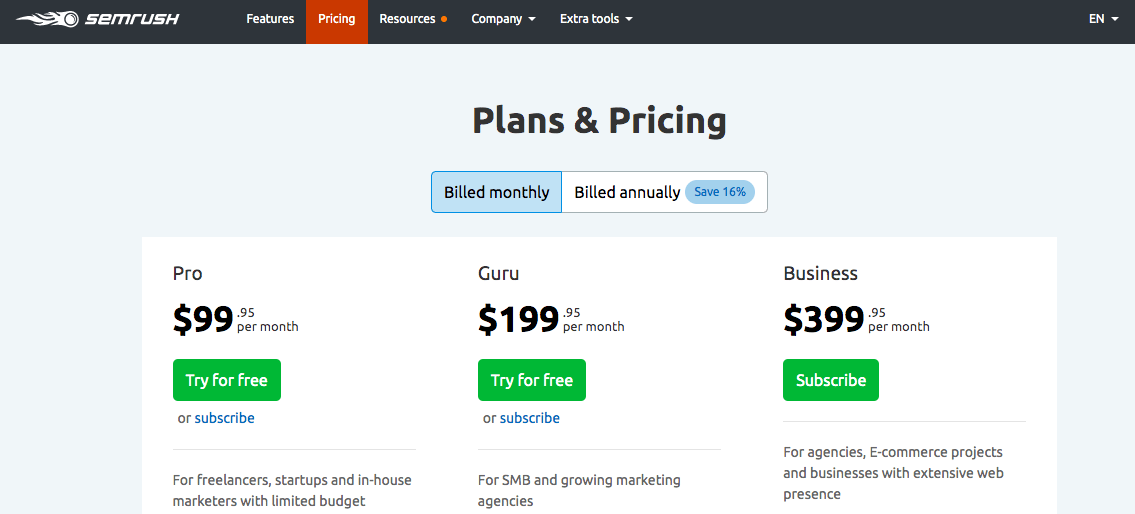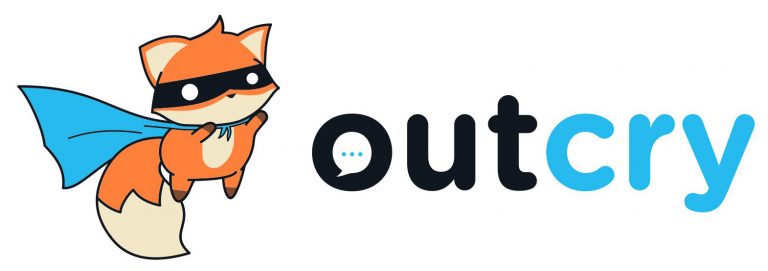How to Reduce Customer Churn for Your SaaS Business: 6 Tips

Are you looking for ways to reduce customer churn for your SaaS business?
As a founder or manager, we know that you understand just how important it is to keep track of your SaaS business metrics.
But there is one metric that can spark fear in the hearts of even the bravest of companies: the churn rate.
What is Customer Churn?
Customer churn allows you to track the rate that customers cancel their subscriptions with your company. A high customer churn rate means a decrease in the number of active customers and a therefore a drop in revenue. Over time, it can signal the death knell for your business.
Before you do anything, you need to know what your current churn rate is.
How to Calculate your Customer Churn Rate?
Calculating your monthly customer churn rate is pretty simple. You just need to take the total number of canceled customers for the month the very last day of the month and divide that by the total number of customers the first day of the following month.

What is a Good Churn Rate for SaaS Companies?
In a Pacific Crest’s 2014 survey, they found that the median customer churn for SaaS companies is 8%. The lower the churn, the better. Typically, venture capital firms like to see a churn rate around 5-7% annually.
Once you know how you’re doing, you can take stock of these proven ways to reduce customer churn, making your churn rate a joy to behold.
Your company’s churn rate isn’t written in stone, and you’ll be pleasantly surprised at the positive impact that can be made by implementing just a few of these churn reducing methods.
How to Reduce Customer Churn for Your SaaS Business: 6 Tips
1. Create a Knowledge Hub / FAQ Page

Canva.com has a good example of a knowledge hub
Having a knowledge base is a great way to reduce customer churn for SaaS business. According to eConsultancy, 83% of customers need support when signing up for a product. And 51% of customers prefer getting their help and support through a knowledge base or FAQ page over any other kind of support.
So if you’re not providing your customers with an up to date and effective knowledge hub, you’re effectively turning off a huge swathe of customers from the get-go. A customer who understands the benefits that your product is bringing them is much less likely to abandon you.
What are the rules for a knowledge base?
Essentially, you need to make sure you’re incorporating both:
- an easily searchable manual on how to use your product and
- answers to frequently asked questions
Your knowledge hub should be easy to read and provide in-depth answers as well as step by step guides on how to use specific features of your SaaS product. Your job, through the knowledge base, is to guide your customer through the product so they understand how it works before they submit a help ticket.
There are many great knowledge base tools in the market so you don’t have to code your own. Help Scout is one that is intuitive, easy to use, and also allows customers to submit tickets in case the answer is not found in the knowledge base.
2. Add Feature Requests & Bug Reporting

Feature request software, Outcry.io
As the old proverb goes, you’re only as strong as your weakest link.
That weakest link shouldn’t be in your blind spot. In fact, whatever your not-quite-perfect feature is where you might want to focus your time. Especially if a lot of your customers are requesting that feature.
But how will you know what features your customers want, if you don’t ask them?
That’s why giving your customers the opportunity to ask for features and report bugs is crucial for the growth of your business. You can do this by sending them emails and surveys, however this is often time consuming.
Another way is to use a feature request software that lets them upvote the features that they want. You can then see which feature requests and bug reports are most popular and start making decisions as to which ones to prioritize depending on popularity and time it will take to incorporate.
When your customers realize that your business takes customer feedback seriously, you will enjoy cultivating loyalty and reduce customer churn.
3. Encourage yearly subscription plans

SEMRush encourages yearly plans by giving customers a 16% discount
This might feel more like an on-boarding issue rather than a churn reducing tactic, but there’s method in the madness.
Offering your customers a discount on a longer subscription is more likely to hook them into a longer time period. It offers you a higher revenue per customer, and gives you the time to deliver an outstanding customer experience.
The math on this is impressive. Subscription growth platform ProfitWell found that companies who don’t offer annual contracts have an average churn rate of 9%. Those who offer discounted annual contracts see that churn rate drop down to 3%.
4. Shorten customer service response time
Are you investing as much in your customer service as you should be?
The fact is, a customer who reaches out to your customer service team is one who is providing you with the perfect opportunity to help them – thereby giving you a great opportunity to earn their loyalty.
But if you’re leaving your customers on read for a long time, or not engaging with them when they reach out to you via social media, you’ll find that they’ll take their questions (and their business) elsewhere.
A good rule of thumb is to respond to help tickets within 24 hours. The sooner the better. The longer you wait, the more the customer will get upset, cancel, and/or take their grievances to social media.
5. Improve the On-boarding Process
What happens when your customers sign up to the product?
Do you show them how to get the most from their subscription, and let them know what to expect and where your best features are? Or do you just leave them to it?
In a survey by Wyzowl, it turns out that the on-boarding process is an often ignored aspect that could go a long way to helping reduce customer churn.
The study found that:
- Over 90% of customers feel that the companies they buy from ‘could do better’ when it comes to on-boarding new users/customers.
- 86% of people say they’d be more likely to stay loyal to a business that invests in on-boarding content that welcomes and educates them after they’ve bought.
- Nearly two-thirds (63%) of customers say that on-boarding – the level of support they’re likely to receive post sale – is an important consideration in whether they make the decision in the first place.
Not only that, but 80% of customers have said they’ve dropped a service because they don’t know how to use it.
With an intuitive on-boarding process, you’ll find that customers know what to do, and appreciate your SaaS for helping them.
6. Create a Winback Strategy

Snappa.com asks customers for cancelation reason
To understand why your churn rate is where it is, the clearest way to understand is to ask customers why they left in the first place.
In fact, through this you can get invaluable insights into your business model, and how well it’s working – or the steps you can take if it isn’t.
Including an exit survey with your cancellation process is a proactive way to get the information that you need.
Once you know why they’ve left, you can address whether or not you can win them back.
Acting on their recommendations, or reaching out and finding out personally what you could do differently can reopen that closed door, and turn a former customer into a returning customer.
Take Aways
The main thing to remember about your churn rate is that it’s connected to everything your business does. But by establishing ways to prevent people from leaving can help you focus on what you do best.
Remember that in the end, your goal isn’t to reduce customer churn to 0%. While it might be nice, it’s also deeply unrealistic. What you can do, however, is get your churn rate to a level that helps you enjoy long term business growth.





